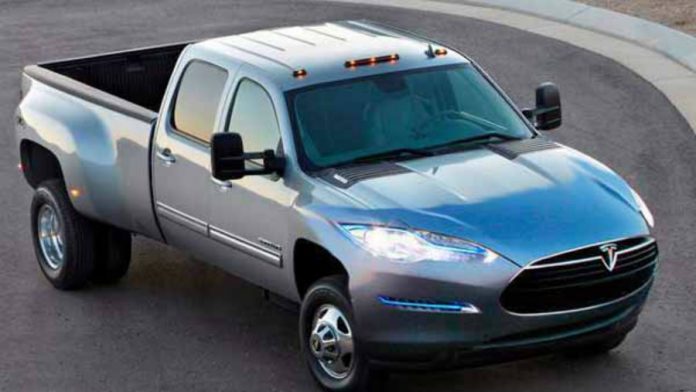
Tesla Motors is planning to expand its brand to semis and heavy duty trucks in the future. Elon Musk, CEO of Tesla, posted the second part of the company’s “master plan” on his blog back in July.
The manifesto focuses on using the automaker’s income made from its electric Sedans to develop low volume cars, and ultimately, self-driving pick-ups, semi-trucks, and buses. Mr.Musk also expressed the ongoing need to provide solar power to Tesla’s vehicles, a primary goal of the company since 2006, according to the first part of the plan.
However, owners of utilitarian vehicles may not be interested in switching from diesel to an electric power source. Business Insider’s Technology Editor, Mathew DeBord, wrote an article addressing the possible odds of Tesla Motors to compete with well-known truck manufacturers like GMC, Ford, and Fiat.
And it doesn’t look good for the electric car company, according to Mr. DeBord.
The automaker has been targeting wealthy customers, but this may change
Elon Musk released the first part of Tesla Motor’s master plan in August 2006. The plan describes the researching and developing of a wide range of vehicles as the next step for the company, following its first electric sports car model, The Tesla Roadster.
Mr.Musk also addresses the intention behind the Roadster’s high price – $109,000 in the U.S -, stating that this was necessary to fund what would be the long-term plan and the goal of Tesla Motors: to build affordable products, including familiar and utilitarian vehicles.
#Tesla's ‘new kind of pickup truck’ could look like this https://t.co/Mb4gduMM7y
— Motor1 Canada (@motor1canada) August 12, 2016
Tesla and SolarCity are joining forces
“Master Plan, Part Deux” continues this vision and touches the subject of solar power. This search for an alternative sustainable energy source led to a new partnership between Tesla Motors and California-Based energy provider, SolarCity. Elon Musk shared the news at the beginning of August.
“AS ONE COMPANY, TESLA (STORAGE) AND SOLARCITY (SOLAR) CAN CREATE FULLY INTEGRATED, COMMERCIAL AND GRID-SCALE PRODUCTS,” he wrote on Tesla’s blog.
Tesla trucks would need enormous battery power
On the other hand, Mathew DeBord is not optimistic about the automaker’s future in the high-volume car market, as he explained the segment Mr.Musk is trying to convince.
He said the vast majority of pickup truck buyers are located in the U.S and are extremely loyal to their brands. Truckers aren’t thinking about why they need an electric version of a vehicle that in gas or diesel-powered form is already completely satisfying, according to Mr.DeBord.

These allegations sum to a list of potential troubles for Tesla Motors as the energy required by heavy-duty trucks to achieve their routes is quite significant, and Tesla batteries only cover around 250 miles after an hour of recharging.
The new line of Tesla Motor’s semis and trucks is currently under development and would hit production at some point next year, according to Elon Musk’s blog. However, some renders of what could be Tesla’s pickup truck have been circulating the internet.
Source: Tesla

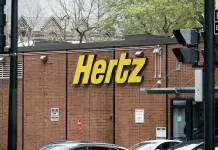
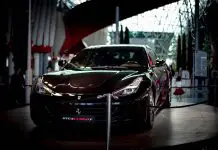
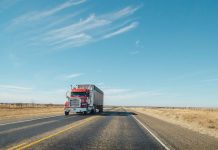
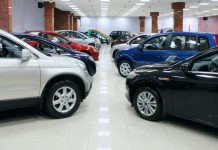

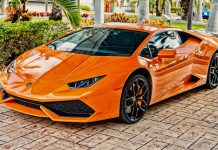





When thinking Tesla trucks don’t think of the average truck buyer.
For example an electric semi would be horrible traveling from NY to LA but there are hundreds of thousands of semi’s that just make deliveries from distribution centers. Often these trips are less than a hundred miles a day. Assuming the trucks are not be much more expensive than their diesel counterparts these things would be huge sellers.
For pickup trucks the same thing. There are ton’s of small pickups used by businesses that would love to save money on on fuel and maintenance. The key is price.